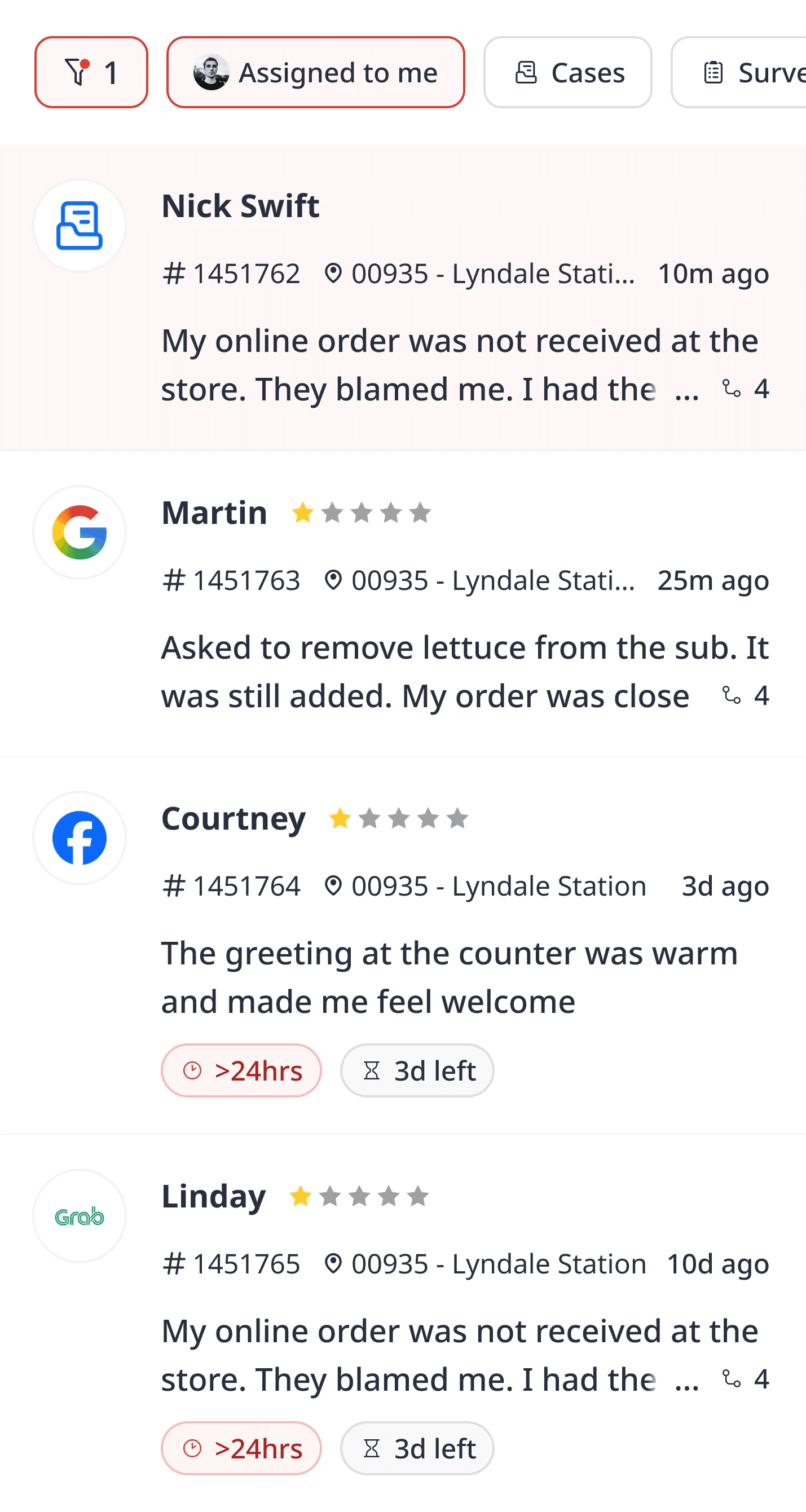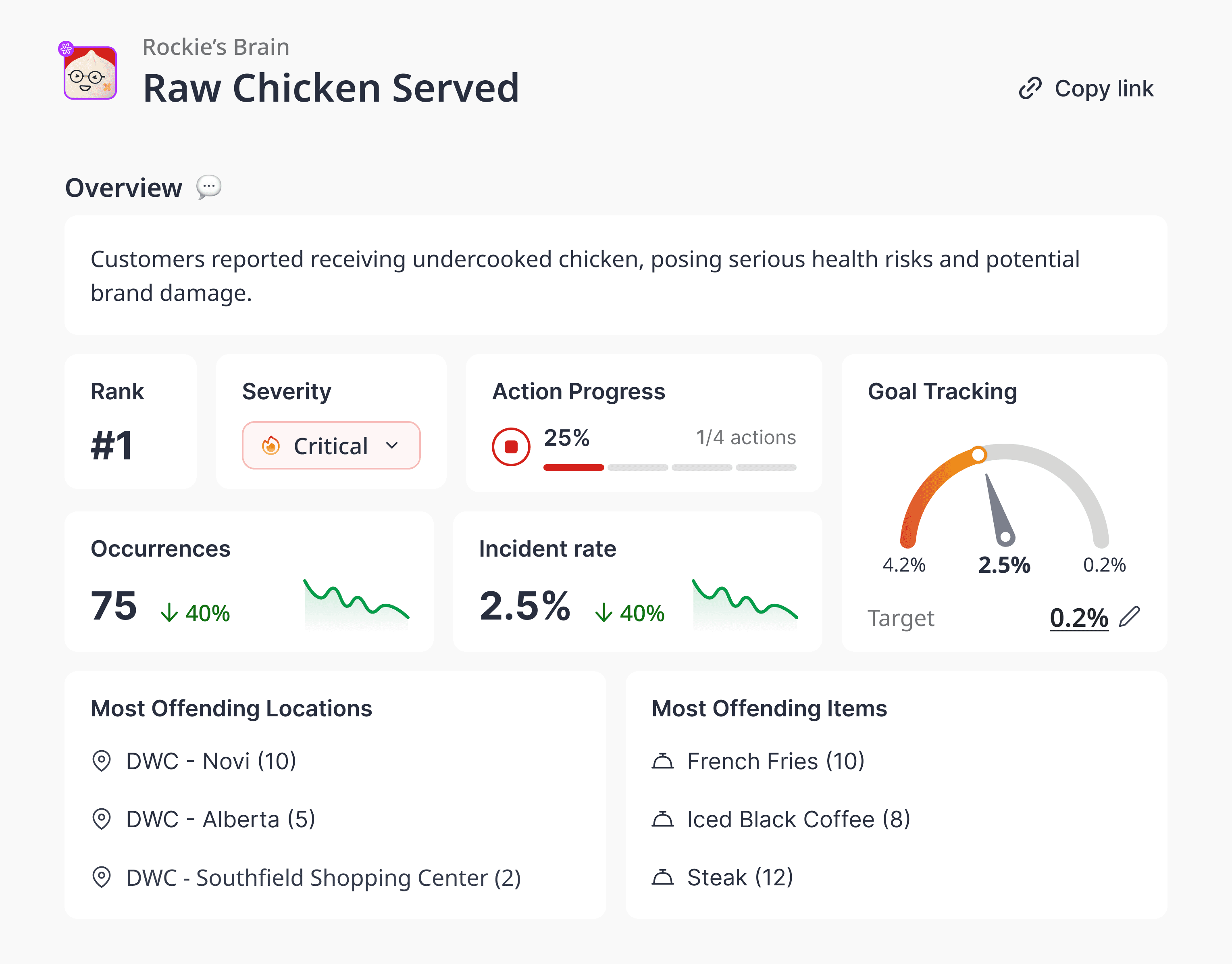
Aug 14, 2025
Amanda Jacob
The New Growth Model for QSR: Viral Brands, Simple Menus, Fast Scale
Contents
The New Growth Model for QSR: Viral Brands, Simple Menus, Fast Scale
The fastest-growing restaurant chains in America aren’t who you might expect—and they’re not playing by the old rules.
Crumbl. Dave’s Hot Chicken. 7 Brew.
These brands aren’t just winning with food. They’re winning with focus, culture, and viral velocity.
The August 2025 QSR 50 data makes it clear: a new breed of QSR is dominating growth charts with a playbook built for this era—lean operations, digital-native marketing, and loyalty so fierce it looks like fandom.
Here’s how they’re doing it—and what legacy brands need to learn fast.
Product Simplicity = Operational Scale
Crumbl sells cookies.
Dave’s sells hot chicken.
7 Brew sells drinks.
Each brand built its momentum on one hero product category, executed at speed, across a limited, dialed-in menu.
This simplicity allows for:
Faster training & staffing
Smaller kitchens and lower overhead
Better consistency across locations
Easier brand storytelling online
In a time when legacy QSRs are juggling bloated menus and complex back-of-house ops, these new players are choosing clarity over complexity—and growing faster because of it.
Franchise-First, Not Franchise-Fast
All three brands are franchise machines, but they’ve resisted the temptation to scale recklessly.
Crumbl hit 1,000+ units by 2025 by maintaining tight control over branding and tech infrastructure.
Dave’s Hot Chicken, now with over 180 units, carefully selects franchisees and real estate to maintain quality and momentum.
7 Brew doubled in size last year but kept operations centralized and repeatable.
These brands treat their systems as assets, not afterthoughts. That discipline is what turns virality into viability.
Digital Culture, Not Just Digital Ads
What do these chains have that others don’t?
Cultural velocity.
Crumbl became a sensation through TikTok-worthy cookie reveals and limited-time drops. Dave’s leaned into Instagram-fueled food porn and celebrity investor heat (Drake, anyone?). 7 Brew’s pink straws and energetic crew culture spread as fast as their drink recipes.
But this isn’t just marketing—it’s a feedback loop. These brands listen, test, and adapt in real-time using the same channels their customers live on.
If you’re still optimizing for print coupons or quarterly promos, this isn’t your market anymore.
Loyalty is the Platform, Not the Program
These brands don’t think of loyalty as a “nice-to-have.” They treat it like a core business platform.
Crumbl’s app is a top driver of weekly traffic thanks to reward incentives and sneak peeks of flavor drops
7 Brew’s loyalty program makes it seamless to repeat orders and rack up perks
Dave’s uses digital ordering, pickup windows, and social-only offers to create urgency and habit
The takeaway: Retention is the new growth. These brands get that new customers may come from TikTok—but loyal ones come from good systems.
Brand Experience = Store Experience
This is where the QSR game is changing. Your brand is no longer just your marketing.
It’s how your food looks on Instagram.
It’s the color of your straw.
It’s how loud the music is in your store.
It’s whether your app just works.
Crumbl made the cookie box a branding moment. 7 Brew turned the drive-thru lane into a cheer squad. Dave’s made every hot sauce packet part of the story.
If you're a multi-location brand, ask yourself: Is every part of your store reinforcing your brand—or just serving food?
What QSR Leaders Need to Do Now
If you’re looking to compete in this new era, here’s the play:
Audit your menu. Is it helping scale, or slowing you down?
Invest in owned channels. Loyalty, SMS, app—you need your own distribution.
Simplify the store. Smaller footprint, fewer SKUs, faster service = higher margins.
Think culturally. Would anyone share your product online without being paid?
Final Word
The new QSR playbook isn’t just about food. It’s about focus, feeling, and fast execution. These modern brands don’t have legacy weight holding them back. But that doesn’t mean legacy players can’t evolve. The tools are available. The customers are waiting.
You just need to move like it's 2025—not 2005.






